Short Explanatory Video
Blood clotting, also known as blood coagulation, is a vital process that stops the bleeding when a blood vessel is injured, such as when you cut yourself.
A blood clot is a clump of blood that has changed from a liquid to a partially solid gel-like mass. Platelets are types of blood cells in your plasma (the liquid part of the blood), that work together to stop the bleeding by forming this gelatinous clot over the injury.
Your body’s circulatory system dissolves all the blood clots after the injury heals. However, sometimes the clots do not dissolve or develop inside the blood vessels without an obvious injury.
A healthy diet and adequate hydration can play a key role in the prevention of blood clots. A diet rich in antioxidants, and omega fatty acids can reduce the risk of some types of blood clots. In addition, there are natural blood thinners that can inhibit the formation of blood clots.
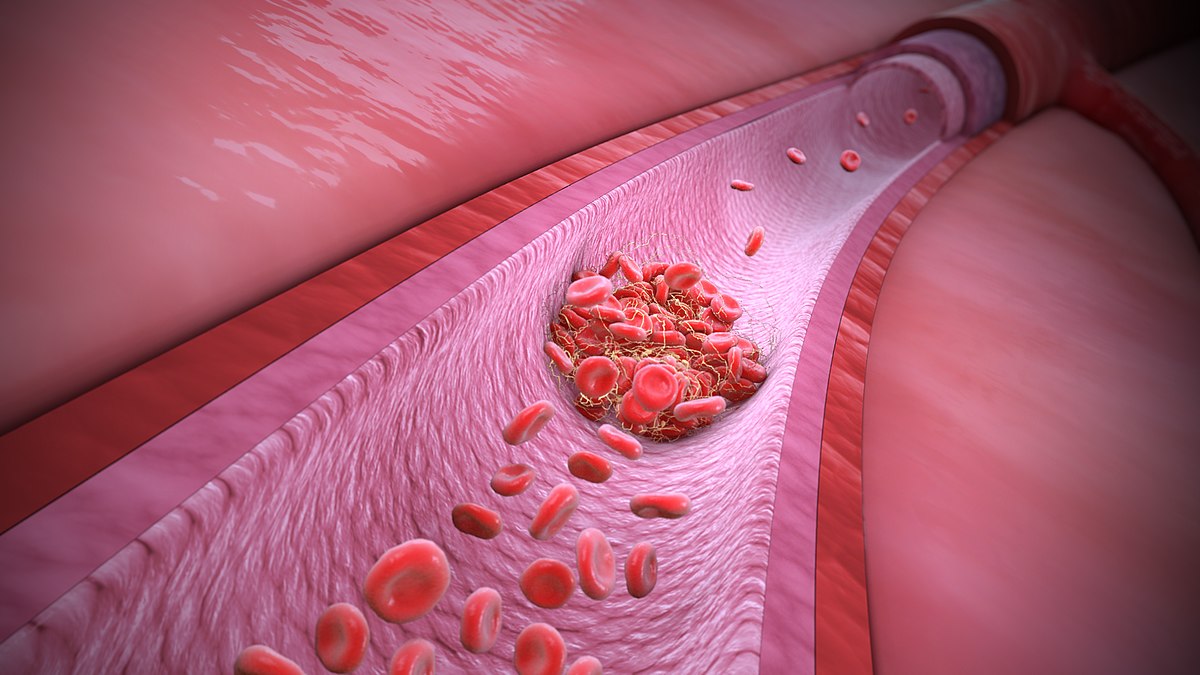

Image credit by CC BY-SA 4.0, Link
A blood clot that forms when it shouldn't is called a thrombus. Deep vein thrombosis (DVT) is a type of clot that forms in a major vein, usually of the leg. In some cases, a clot in a vein may detach (becoming an embolus) and travel through the heart to the lungs where it can get lodged, preventing adequate blood flow.
The presence of a blood clot in the blood vessel of the lungs is called a pulmonary embolism (PE). This can be very dangerous, or even fatal as 5600 die each year in the UK, as a result of PE.(16)
An embolus can travel anywhere in the body and may cause a blockage in a large number of blood vessels. These blockages cause fluid buildup and swelling in addition to restricting blood flow.
An embolism in the heart can affect:
- Heart - causing angina or a heart attack
- Lungs - causing pulmonary embolism
- Neck or brain - causing a stroke
- Intestines - causing mesenteric ischemia or mesenteric venous thrombosis
- Kidneys - causing renal vein thrombosis
- Arteries in the leg or arm
- Legs - causing deep vein thrombosis
These situations require prompt diagnosis and appropriate, immediate treatment.
Causes and risk factors
If you’re interested in the detailed biology of blood clots, WebMD has an excellent page describing how one forms. According to MedlinePlus and the American Society of Hematology, causes and risk factors for the formation of blood clots in veins are many including:
- Being on long-term bed rest or immobility
- Sitting for long periods, such as in a plane or car
- Pregnancy (both during and after)
- Taking birth control pills or estrogen hormones (especially combined with smoking)
- Long-term use of an intravenous catheter or central line
- Some surgery
- Injury or trauma
- Diabetes
- High blood pressure
- High cholesterol
- Age (especially over 65 years old)
- Being on certain medications, like birth control or hormone therapy
- Smoking
- Coronavirus (COVID-19)
- Certain types of cancer
- Obesity
- Kidney or liver disease
- Family history of blood clots
- Antiphospholipid syndrome or polycythemia vera
- Genetic factors: Factor V Leiden mutation, prothrombin G20210A mutation
- Protein C, protein S, and antithrombin III deficiencies.
Signs and symptoms
There may be no apparent symptoms if you have a blood clot. Without medical advice, it is not possible to determine whether or not you have a clot.
The two types of blood clots and symptoms
The two types of blood clots are arterial clots and venous clots. An arterial clot (arterial thrombosis) is a clot that is present in the artery. This requires emergency treatment and causes immediate symptoms including:
- A cold feeling in the affected area
- Decreased or no pulse in your arm or leg
- Paralysis in the affected area
- Pain
- A pale colour in the arm or leg
- Weakness
- Blisters on the skin around the affected artery
- Shedding of the skin
- Skin erosions or ulcers
- Discolouration or damage (necrosis) of the skin around the affected artery
On the other hand, venous clots (in the veins) may build up more slowly but are still serious and potentially life-threatening. Symptoms include:
- Swelling
- Pain or tenderness
- Increased warmth
- Cramps or aching
- Red or discoloured skin
The most serious type of venous clot is a DVT. DVTs are most common in the legs but can form throughout the body, for example in the arms, the pelvis, and the brain. An excellent discussion of the diagnosis and treatment of blood clots can be found on the Cleveland Clinic website.
Symptoms of a blood clot in the arm or leg (DVT)
- Swelling
- Pain
- Tenderness
- A warm sensation
- Reddish discolouration
The severity of symptoms will depend on the size of the clot and you may only experience mild swelling. It is rare to get DVT in both legs or both arms.
Symptoms of a blood clot in the heart
When a blood clot forms and blocks a blood vessel in the heart, it can cut off critical blood flow and cause myocardial infarction or heart attack. Symptoms include:
- Chest pain
- Pain in the arm, neck, back, or jaw
- Lightheadedness
- Shortness of breath
- Nausea or heartburn
- Racing heart
- Sweating
Symptoms of a blood clot in the abdomen
There are many organs in the abdomen so symptoms of a blood clot can vary from case to case. Clots in the abdomen are a form of DVT and symptoms include:
- Severe abdominal pain
- Abdominal pain that comes and goes
- Nausea
- Vomiting
- Diarrhoea
- Bloody stools
- Bloating or swelling in the abdomen
- Abdominal fluid accumulation, known as ascites
While these symptoms may be due to a clot, they might also be signs of other conditions such as a stomach virus or food poisoning.
Symptoms of a blood clot in the brain
When a blood clot forms in the brain, it restricts the delivery of oxygen and can cause a stroke (also known as a cerebrovascular accident or CVA). Symptoms include:
- Paralysis
- Numbness or weakness in the arm, face, and leg, especially on one side of the body
- Trouble speaking or understanding others
- Slurred speech
- Confusion, disorientation, or lack of responsiveness
- Sudden behavioural changes, especially increased agitation
- Vision problems
- Trouble walking
- Loss of balance or coordination
- Dizziness
- Severe, sudden headache with an unknown cause
- Seizures
- Nausea or vomiting
A ministroke or transient ischaemic attack (TIA) may be signalled if these symptoms appear and then disappear suddenly. In a TIA the clots usually don’t fully obstruct blood vessels in the brain, or the clots spontaneously resolve.
Symptoms of a blood clot in the lung
Symptoms of a pulmonary embolism (PE) include:
- Sudden shortness of breath that isn’t caused by exercise
- Chest pain
- Palpitations, or rapid heart rate
- Breathing problems
- Coughing up blood
Foods that help prevent blood clots
An important way to reduce the risk of clots is to drink plenty of water (6-8 glasses or 1.2-1.5 litres per day). Without adequate hydration, the viscosity (thickness) of the blood rises, increasing the risk of clots.
WebMD recommends a dietary regime to reduce the risk of DVT and other clots. In many ways, it is just a healthy diet, with additional benefits in that it contains antioxidants, omega fatty acids, and anti-thrombotic flavonoids.(15)
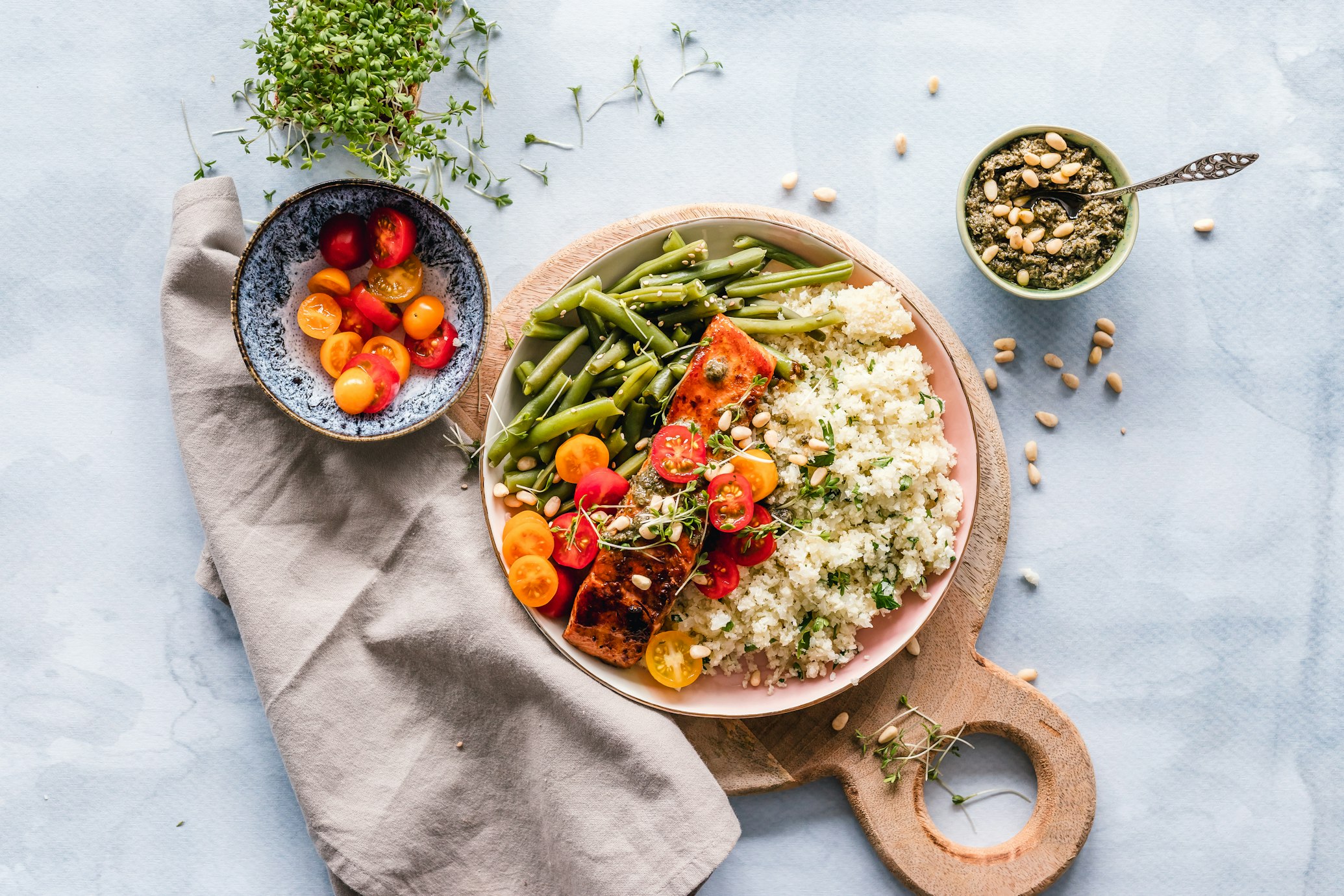
In addition, it will help with weight control, and obesity is a major risk factor for DVT. Foods you should eat include:
- Fish
- Poultry
- Fruits
- Vegetables
- Whole grains
- Nuts
- Beans
- Healthy fats like olive and canola oil
- Lean proteins like white fish
Foods interacting with blood thinning medication
If you are prone to clots or have had a clot, you may be prescribed clot-busting and blood-thinning medications like Alteplase, aspirin, warfarin or Fragmin.
If you are on blood thinners, you should avoid or minimise the consumption of the following foods which are rich in vitamin K (vitamin K is vital to the production of clot-forming proteins) as these interact with blood-thinning medications:
- Spinach
- Kale
- Brussels sprouts
- Green cabbage
- Broccoli
- Cranberry juice
- Green tea
- Mayonnaise
- Fish oil
In addition, you should avoid processed foods, foods that are high in sugar content, unhealthy fats (trans fats), and red meat. There is still debate whether caffeine prevents the formation of blood clots, while excessive alcohol should be avoided.
Natural blood thinners
Natural blood thinners are substances that reduce the ability or propensity of the blood to form clots. According to Medical News Today, there are several natural blood thinners you could try:
1. Turmeric

The active ingredient curcumin has anticoagulant and blood thinning properties.(8,9)
2. Ginger
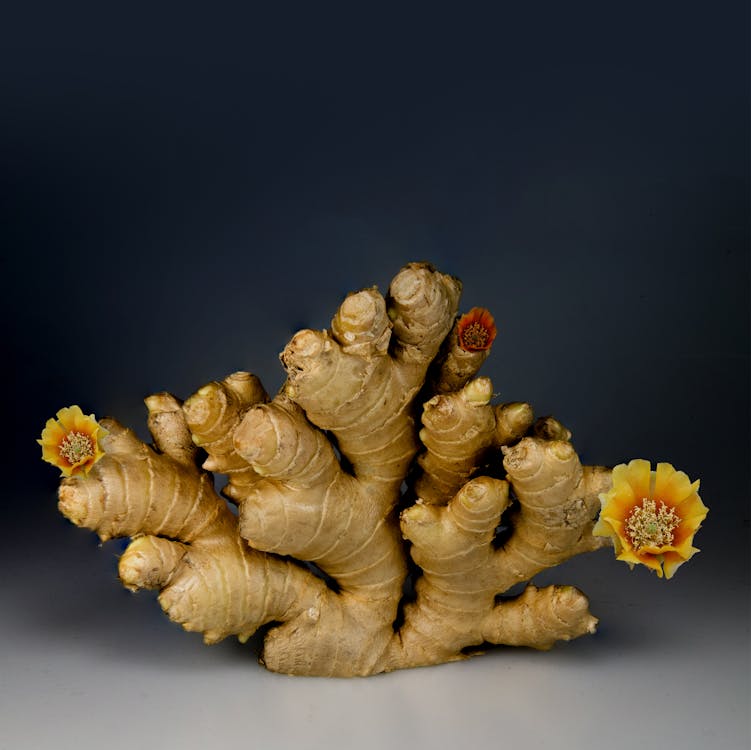

Ginger contains salicylate and bioactive polyphenols. Acetylsalicylate is a more potent derivative of salicylate that is the active ingredient in aspirin, an anticoagulant prescribed widely as a blood thinner. A 2019 review stated that ginger extract inhibits platelet aggregation, a key stage in blood clotting.(11)
3. Cayenne peppers
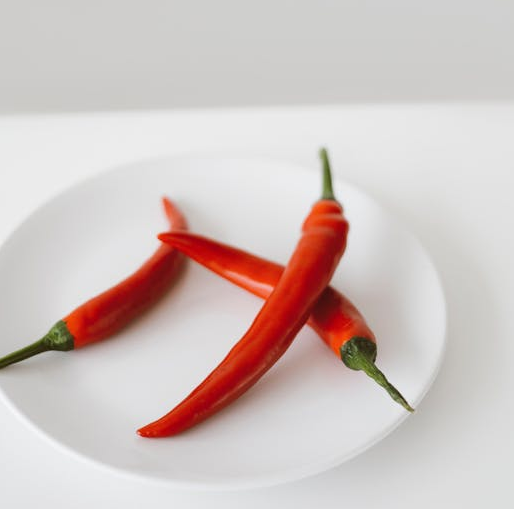

These are also rich in natural salicylates, and may thus have a similar effect to ginger. Cayenne peppers (Capsicum species) may increase the risk of excessive bleeding in those taking anticoagulant and antiplatelet medications.
4. Vitamin E

Vitamin E affects clotting by inhibiting Vitamin K-dependent clotting factors and platelet adhesion.(7) The effects depend on the amount taken and the standard advice for those on blood thinners is to avoid large amounts of vitamin E. It is probably safer to get vitamin E from food rather than high-dose supplements. These foods include:
- Almonds
- Safflower oil
- Sunflower oil
- Sunflower seeds
- Wheat germ oil
- Whole grains
5. Garlic
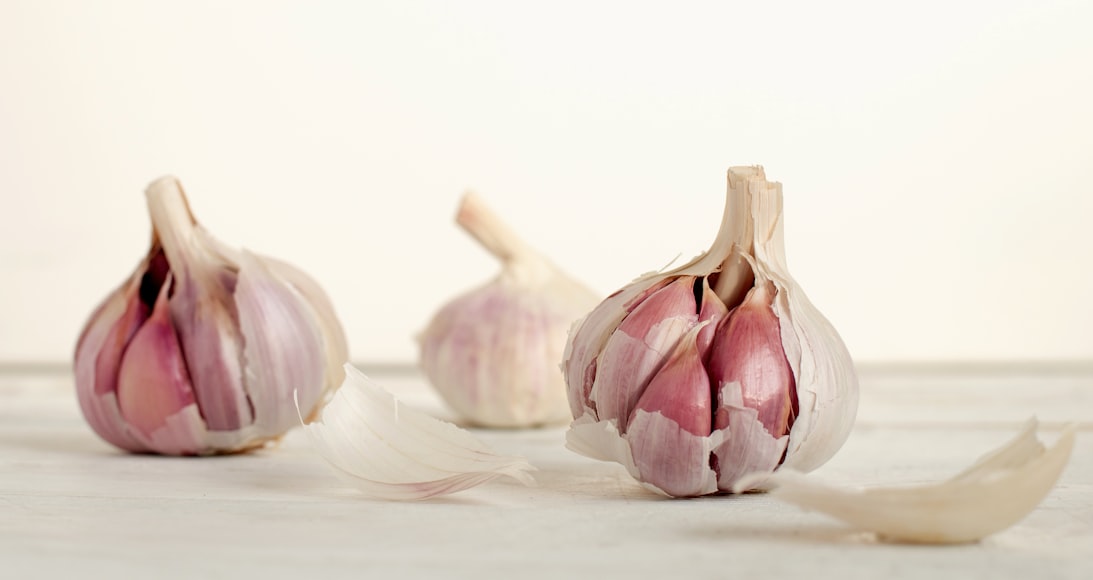
Odourless garlic powder has been found to have potent clot-busting and anticoagulant activity.(2,6) Ackerman et al also showed a slight, short-lived blood thinning effect. It is recommended that you abstain from eating garlic 7-10 days before surgery as it can lead to bleeding complications, and don’t eat it if you are on warfarin or aspirin.
6. Cinnamon

Cinnamon contains coumarin, a powerful blood thinning agent and the precursor to warfarin, the most widely prescribed blood thinner. Chinese cassia cinnamon contains much more coumarin than Ceylon cinnamon. A note of caution: coumarin can cause liver damage if used long-term.
7. Ginkgo biloba
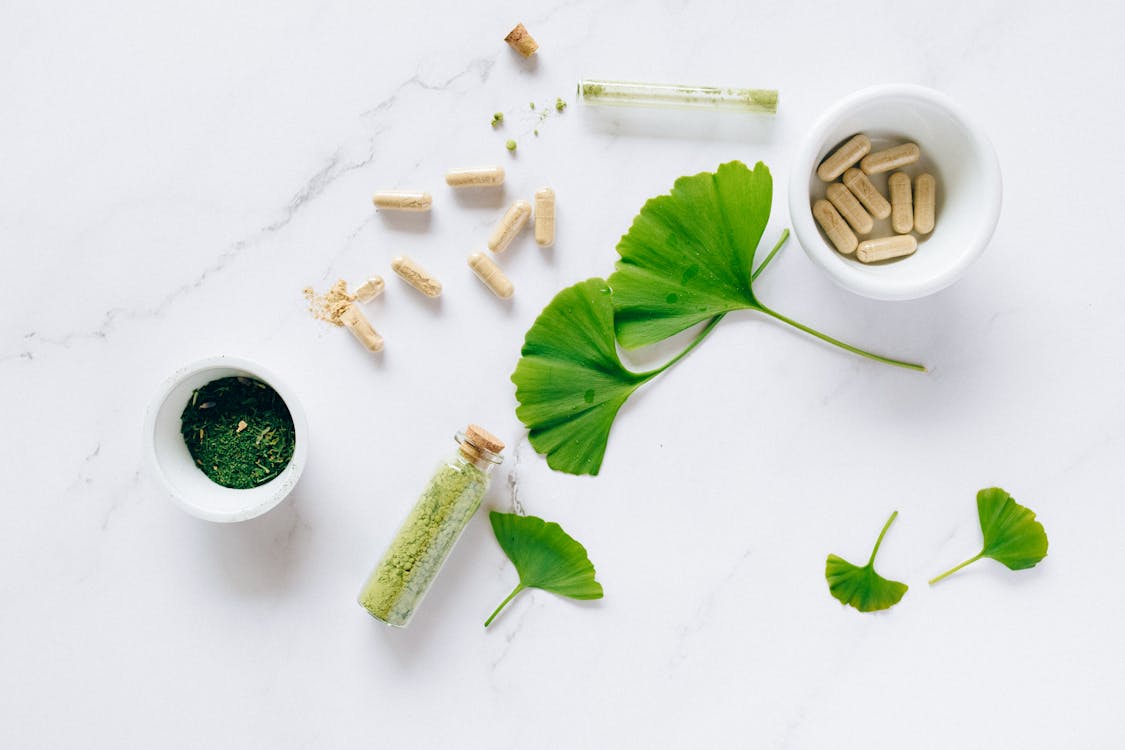

Ginkgo biloba has blood thinning properties and is a fibrinolytic agent, meaning that it may have clot-busting properties. However, much research remains to be done. Ginkgo is contraindicated if you are taking warfarin or aspirin as it may increase their effects and increase risk of bleeding.(1)
8. Grape seed extract

This is contraindicated if you are taking blood thinners or having surgery, and may have blood thinning properties of its own. Lab studies have shown potent anticoagulant activity as a “nutraceutical” but this has not been verified in man.(4)
9. Dong quai
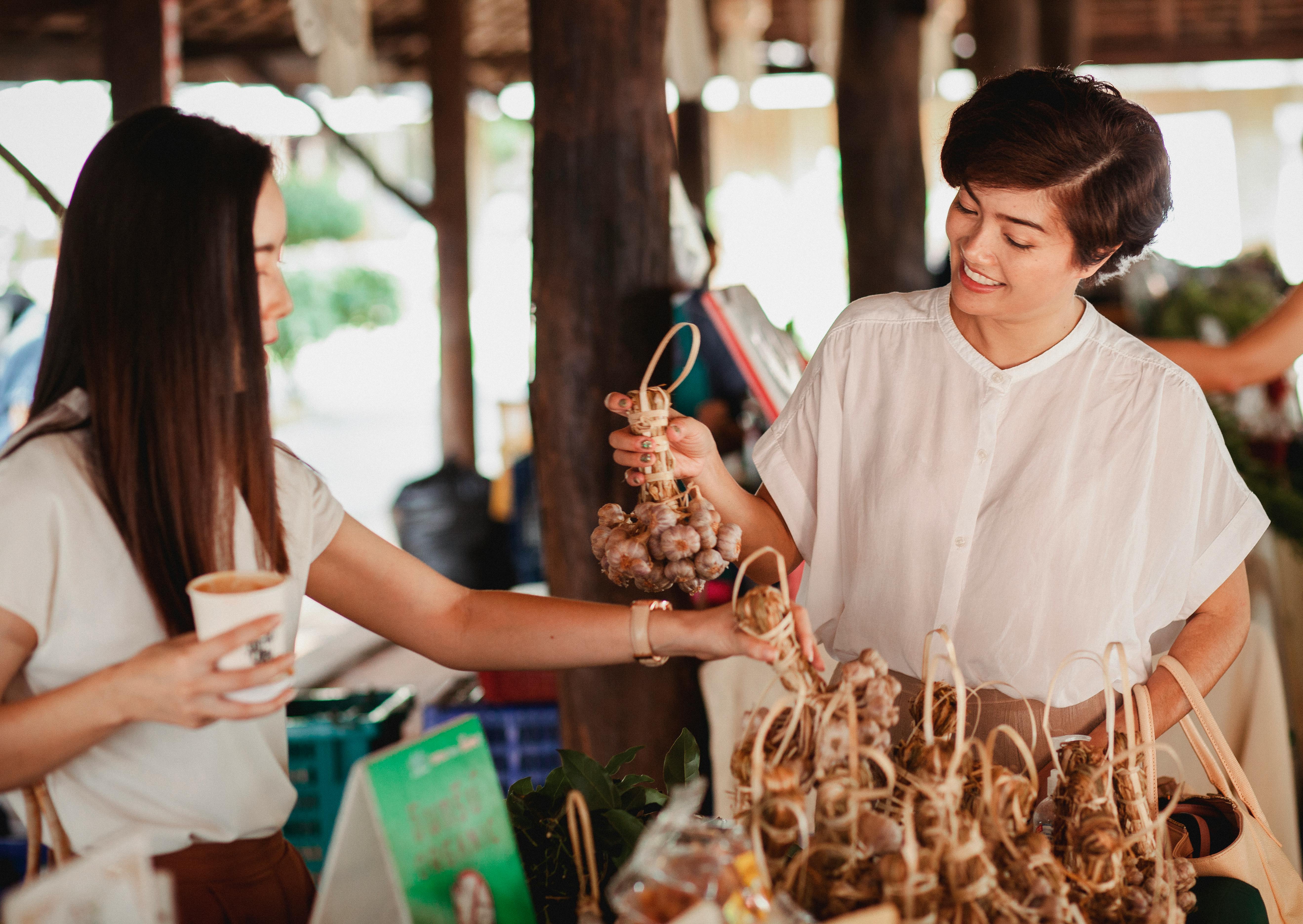

This is also known as female ginseng and contains coumarin, the natural precursor to warfarin, much as cinnamon does.
10. Ginseng
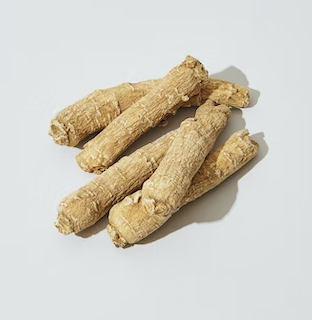

Like dong quai, ginseng contains coumarin and has been found to inhibit platelet aggregation and prolong clotting time (APPT, prothrombin time).(10) It is also contraindicated if taking blood-thinners or undergoing surgery.
11. Feverfew
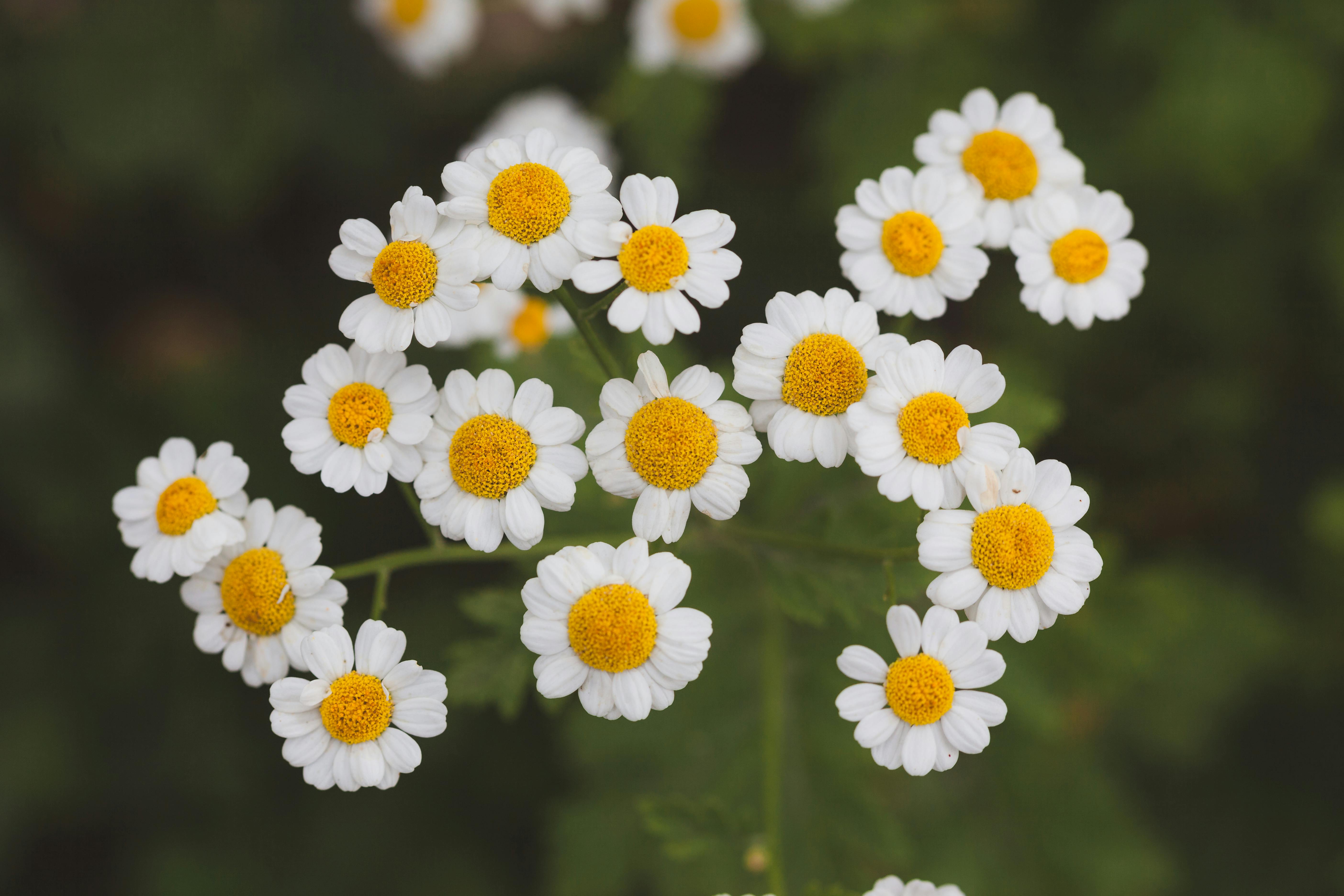

There is some evidence that tanetin, a flavonoid found in feverfew extract, inhibits platelet aggregation in the lab, but no blood thinning properties have yet been demonstrated.(13)
12. Bromelain

Pavan et al (2012) described antithrombotic (anti-clot) activity for bromelain, an enzyme made from pineapples, mediated by inhibiting the synthesis, a clotting protein. The research also suggested that bromelain could thin the blood and break up clots by promoting the degradation of fibrin.(14)
In addition, oily fish like salmon, tuna and trout contain abundant omega-3 fatty acids, which are potent agents in preventing blood clots, reducing platelet aggregation.(3)
Summary
Blood clotting is a vital process that controls bleeding but if a clot forms in the wrong place this can be very dangerous or even life-threatening. In addition to clot-busting drugs and blood thinners, there is a range of foods that you can eat that help control inappropriate blood clotting. These include ginger and cinnamon, but it is also important to eat healthily and stay hydrated.
References:
- Agbabiaka, T.B., Wider, B., Watson, L.K. and Goodman, C. (2017) Concurrent Use of Prescription Drugs and Herbal Medicinal Products in Older Adults: A Systematic Review. Drugs Aging. 34(12), pp. 891-905.
- Ackermann, R.T., Mulrow, C.D., Ramirez, G., Gardner, C.D., Morbidoni, L. and Lawrence, V.A. (2001) Garlic Shows Promise for Improving Some Cardiovascular Risk Factors. Arch Intern Med. 161(6), pp. 813-824
- Begtrup KM, Krag AE and Hvas AM. (2017) No impact of fish oil supplements on bleeding risk: a systematic review. Dan Med J. 64(5), pp.A5366.
- Bijak M, Sut A, Kosiorek A, Saluk-Bijak J and Golanski J. (2019) Dual Anticoagulant/Antiplatelet Activity of Polyphenolic Grape Seeds Extract. Nutrients. 11(1), pp. 93.
- Dohadwala MM and Vita JA. (2009) Grapes and cardiovascular disease. J Nutr. 139(9), pp.1788S-93S
- Fuka, H., Yoshida, H.,Tazawa, Y-I. and Hada, T. (2007) Antithrombotic effects of odorless garlic powder both in vitro and in vivo. Biosci Biotechnol Biochem. 71(1), pp. 84-90.
- Glynn, R.J., Ridker, P.M., Goldhaber, S.Z., Zee, R.Y.L. and Buring, J.E. (2007) Effects of Random Allocation to Vitamin E Supplementation on the Occurrence of Venous Thromboembolism: Report From the Women’s Health Study. Circulation. 116, pp. 1497-1503.
- Keihanian, F., Saeidinia, A., Bagheri, R.K., Johnston, T.P. and Sahebkar, A. (2018) Curcumin, hemostasis, thrombosis, and coagulation. J Cell Physiol. 233(6), pp. 4497-4511.
- Kim, D-C., Ku, S-K. and Bae, J-S. (2012) Anticoagulant activities of curcumin and its derivative. BMB Reports. 45(4), pp. 221-6.
- Li CT, Wang HB, Xu BJ. (2013) A comparative study on anticoagulant activities of three Chinese herbal medicines from the genus Panax and anticoagulant activities of ginsenosides Rg1 and Rg2. Pharm Biol. 51(8), pp.1077-80.
- Mao, Q-Q., Xu, X-Y., Cao, S-Y., Gan, R-Y., Corke, H., Beta, T. and Li, H-B. (2019) Bioactive Compounds and Bioactivities of Ginger (Zingiber officinale Roscoe). Foods. 8(6) pp. 185.
- Marx, W., McKavanagh, D., McCarthy, A.L., Bird, R., Ried, K., Chan, A. and Isenring, L. (2015) The Effect of Ginger (Zingiber officinale) on Platelet Aggregation: A Systematic Literature Review. PLoS One. 10(10), pp. e0141119.
- Pareek A, Suthar M, Rathore GS and Bansal V. (2011) Feverfew (Tanacetum parthenium L.): A systematic review. Pharmacogn Rev.;5(9), pp.103-10.
- Pavan R, Jain S, Shraddha and Kumar A. (2012) Properties and therapeutic application of bromelain: a review. Biotechnol Res Int. 2012, pp.976203.
- Ravishankar, D., Salamah, M., Akimbaev, A. et al. (2018) Impact of specific functional groups in flavonoids on the modulation of platelet activation. Sci Rep 8, pp. 9528.
- Roberts LN, Whyte MB, Arya R. Pulmonary embolism mortality trends in the European region—too good to be true? The Lancet Respiratory Medicine. 2020;8(1).






